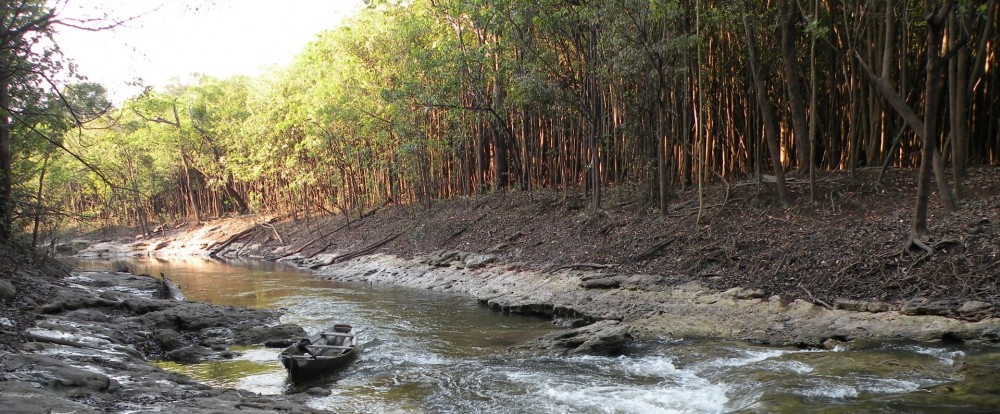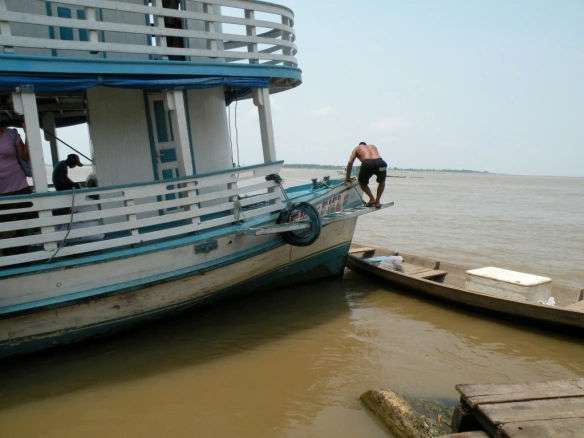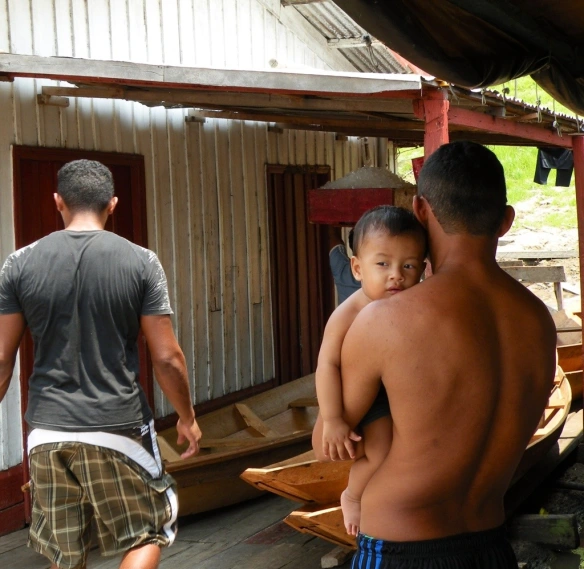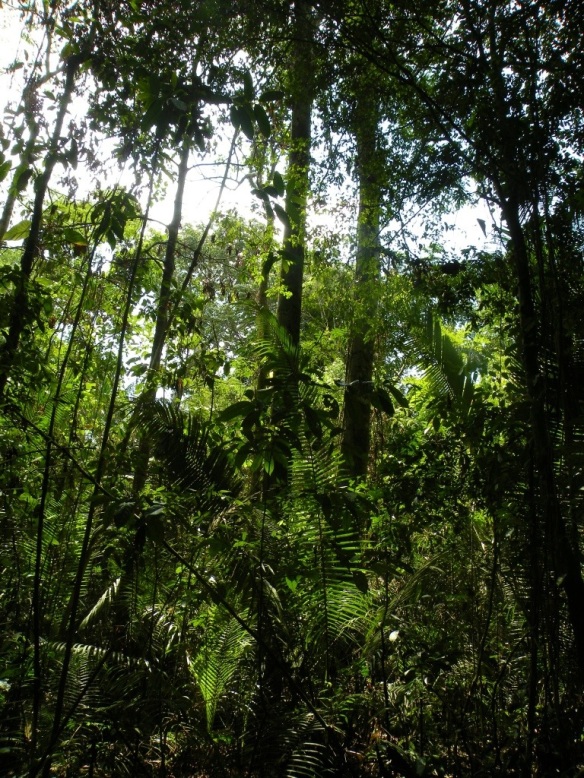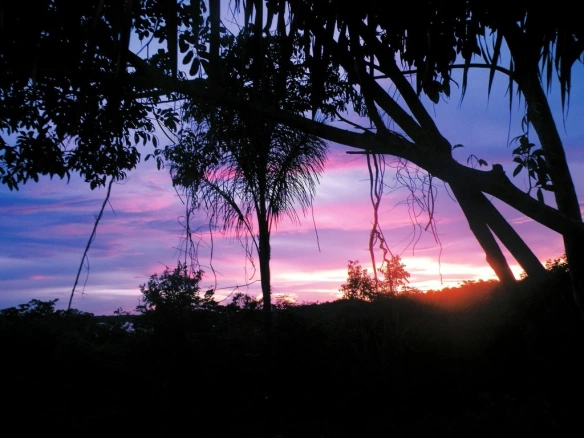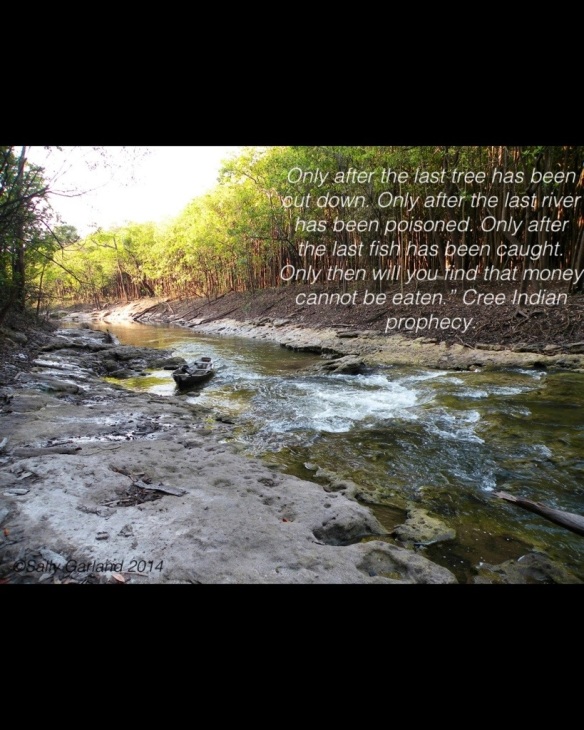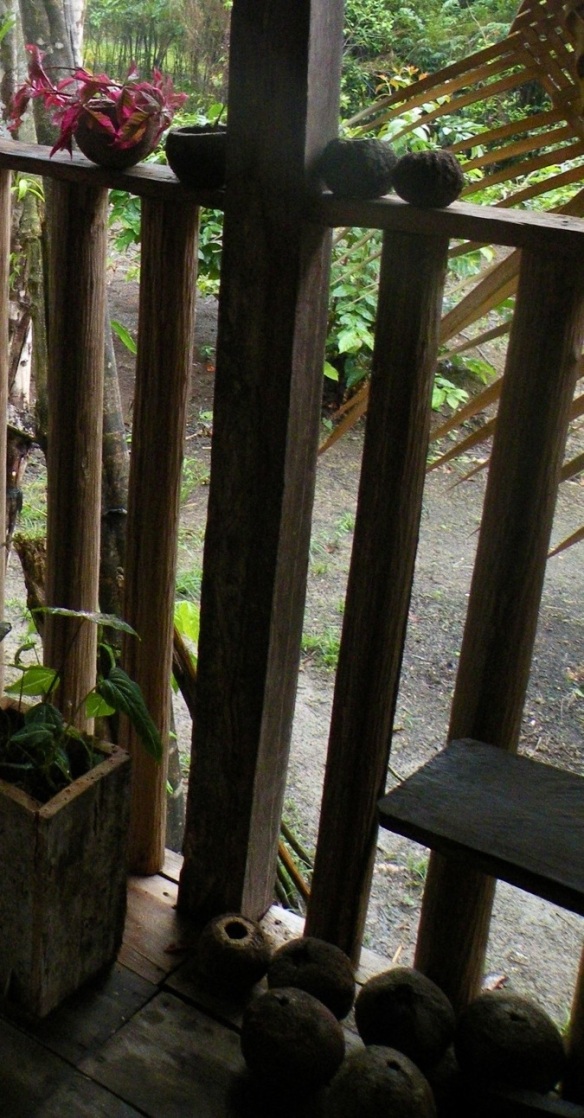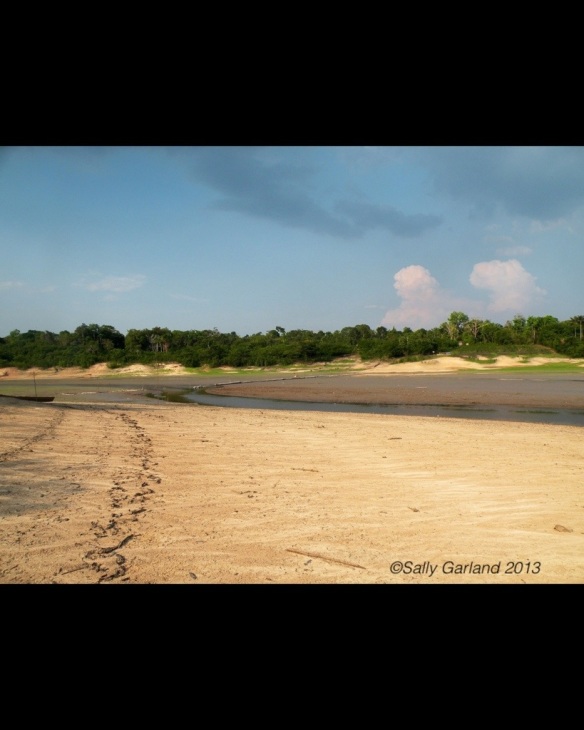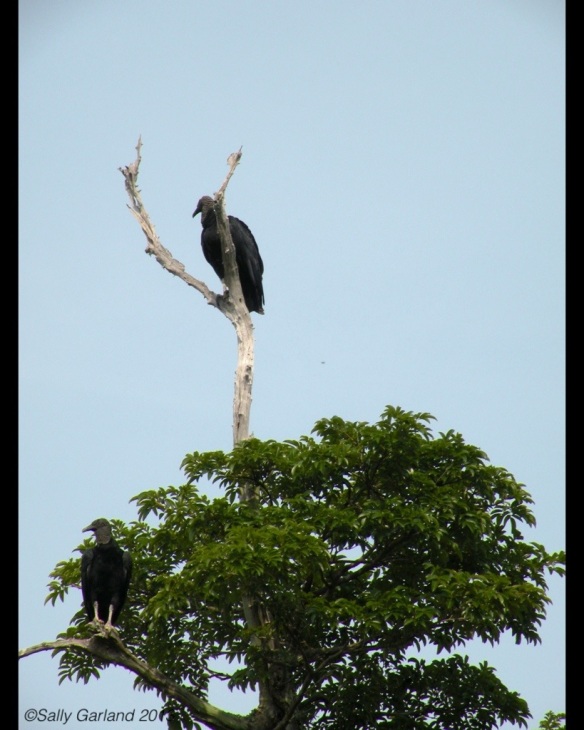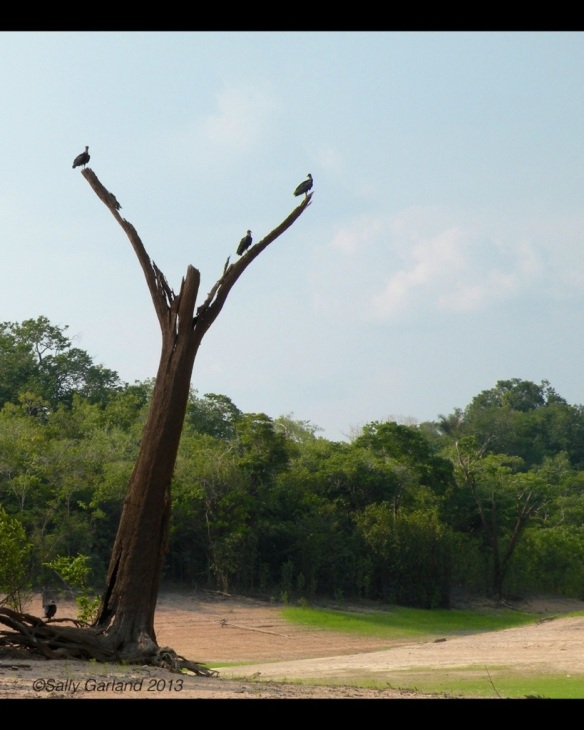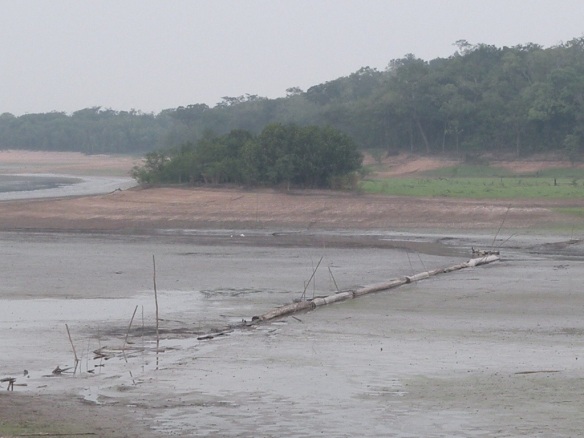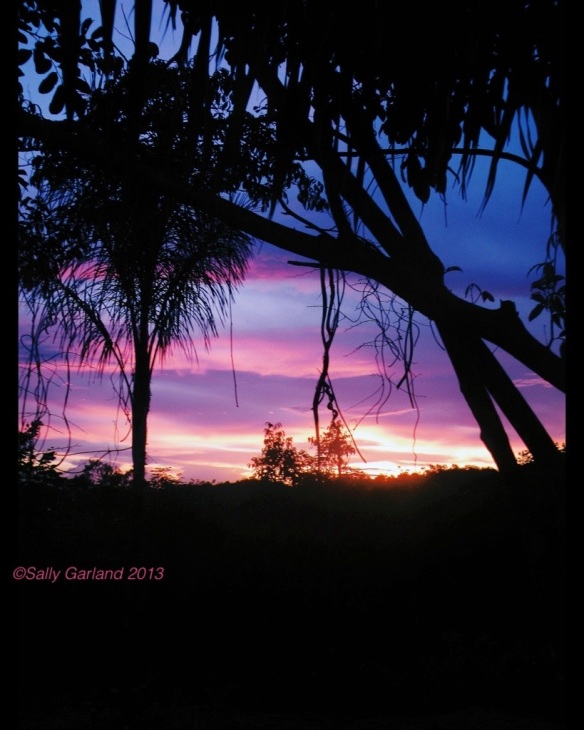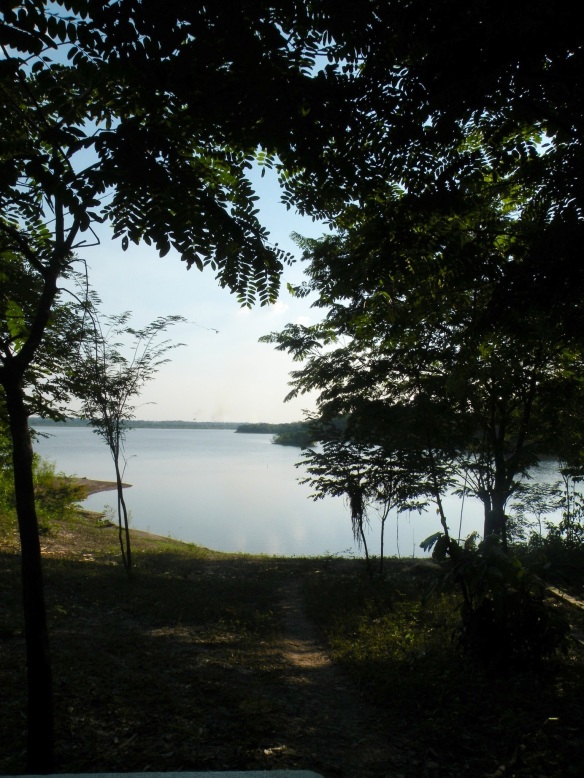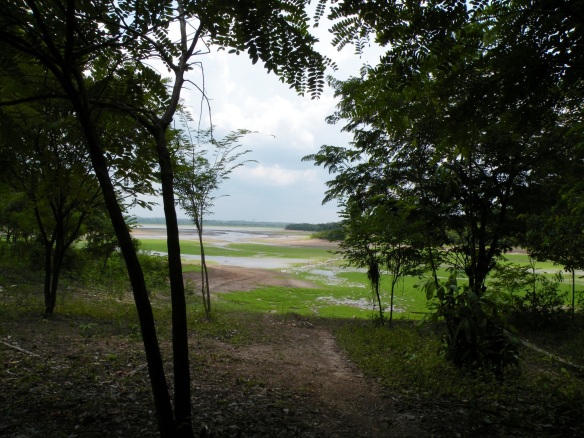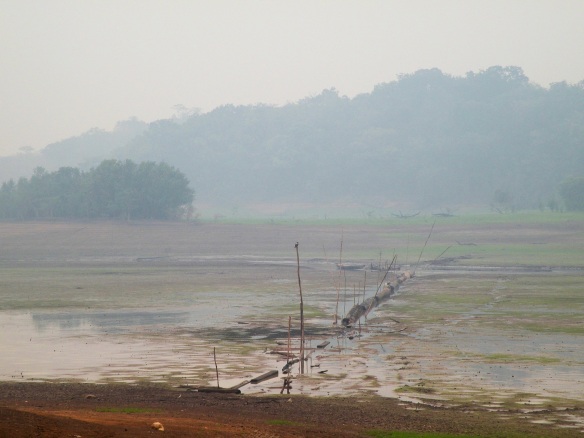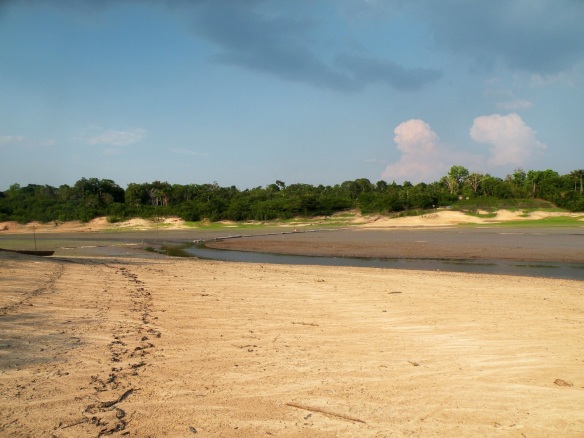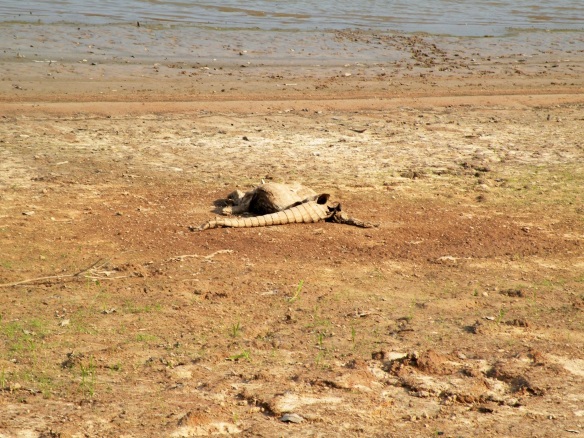Manacapuru. Jungle town of Amazonia on the River Manacapuru, Brazil….Town harbour. Part Two.
The town or city of Manacapuru is close to Manaus. Although regarded as a city it looks and acts like a town.
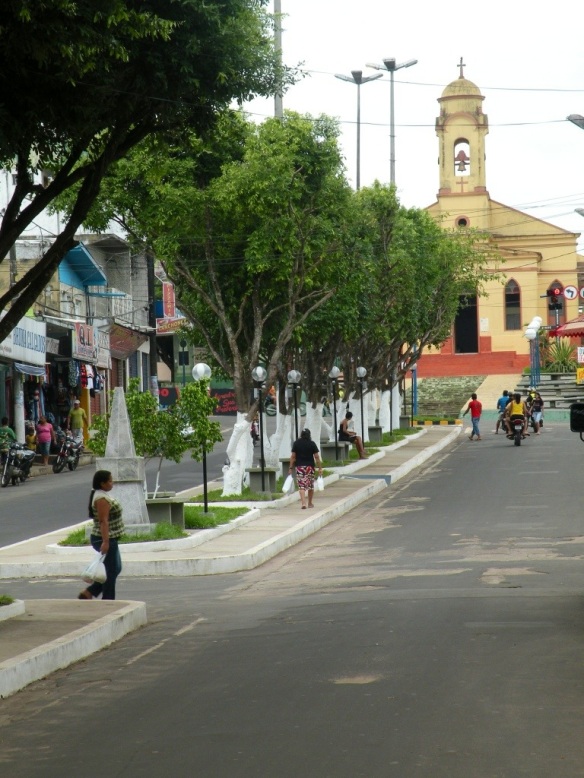
The harbour of Manacapuru is my favourite place to people watch. There is a bustling community of people living and working there. There are small family shops, cafes and carpenters at work and fishermen setting off or returning with a selection of fascinating and sometimes odd looking fish.
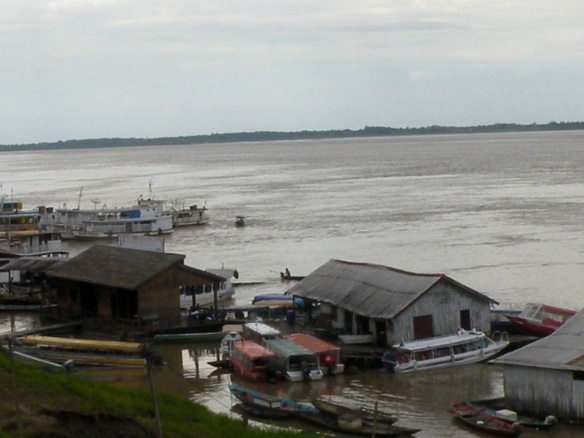
The walk down to the decking can be a precarious one for flat footed Westerners. Brazilians, even in their flip-flops, are more light footed and agile. The walk down is best done with a partner for balance or a helpful local. In the dry season a large tree trunk serves as a bridge between the slippery concrete ramp and the wooden harbour decking. Fortunately a terrified look will usually generate the help of a man or two who will help with the crossing.
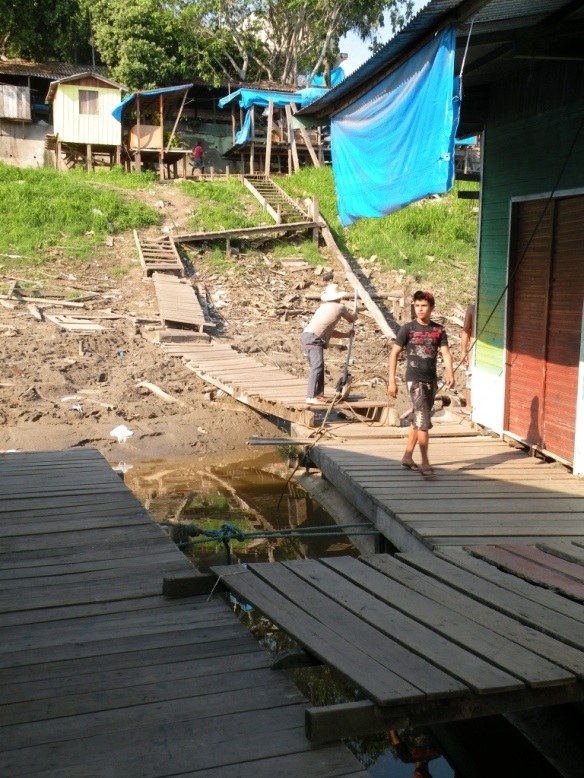
There are ferries coming and going. Large wooden ferryboats and smaller, faster aluminium craft. They carry locals to their communities on other parts of the river.
Canoes of various sizes are tied up to the harbour posts.
Before the ferries became a mainstay the canoes were the only way of traveling longish distances and could take a day or two of rowing in the heat of the sun to reach town.
Now the canoes are rowed out to meet the ferry midwater if the people can afford the cost…cheaper on the wooden ferry than the speedier metal boats.

Along the harbour decking shops sell all sorts of goods…fresh fruit and vegetables, fish and turtle meat, drinks and water, alongside newly built canoes and plastic kitchen goods.
Washing hangs on lines across the walkways and families, including children, sit chatting, arguing and laughing.
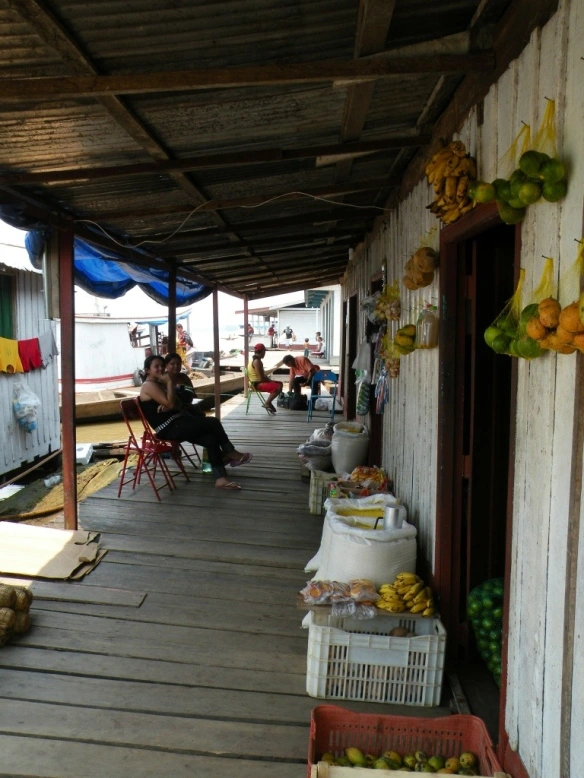
Across the wide river you can catch a glimpse of rainforest…so close and tempting.
